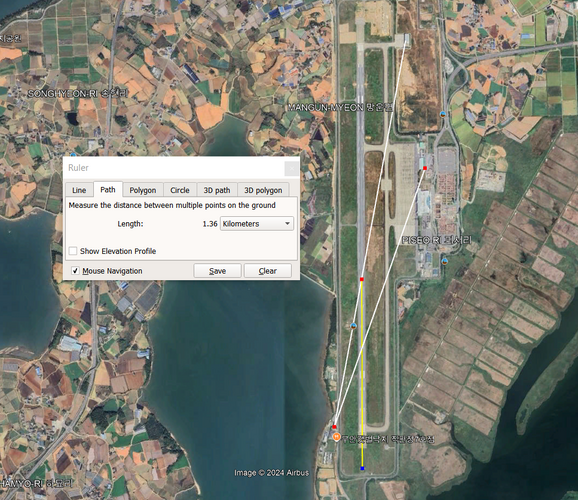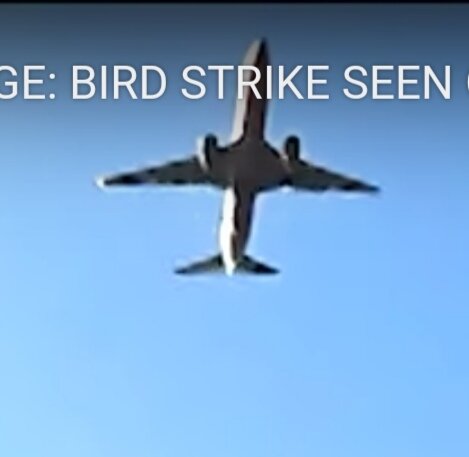WatcherZero
ACCESS: Top Secret
- Joined
- 22 May 2023
- Messages
- 707
- Reaction score
- 1,560
A 737-800 flying from Thailand to Korea has run off the runway and hit a wall during a belly landing at Muan International Airport. Reported to be 173 Korean, 2 Thai passengers and 6 crew. 47 confirmed dead so far with 2 confirmed survivors (a passenger and a flight attendant). Early reports that a bird strike during the first landing attempt prevented the landing gear from deploying causing a go around, the plane was making a 2nd landing attempt on its belly when it skidded off the runway and hit a wall bursting into flames, the main fuselage fire was extinguished after 43 minutes but 2 hours later rescue efforts are still underway to free 23 trapped passengers in the still burning tail section .


 www.koreatimes.co.kr
www.koreatimes.co.kr
Theres video of the apparent bird strike as it comes low over the coast with its landing gear up, but even if it lost hydraulics why would that prevent a gravity drop?

At least 28 dead in South Korea plane crash - reports
The aircraft reportedly crashed into a wall at Muan International Airport in the country's southwest.
www.bbc.co.uk

At least 47 die in plane crash at Muan airport
A malfunction of the landing gear likely caused a passenger plane to crash at Muan International Airport on Sunday while attempting a crash landing after a failed first landing att...
Theres video of the apparent bird strike as it comes low over the coast with its landing gear up, but even if it lost hydraulics why would that prevent a gravity drop?
Last edited:







